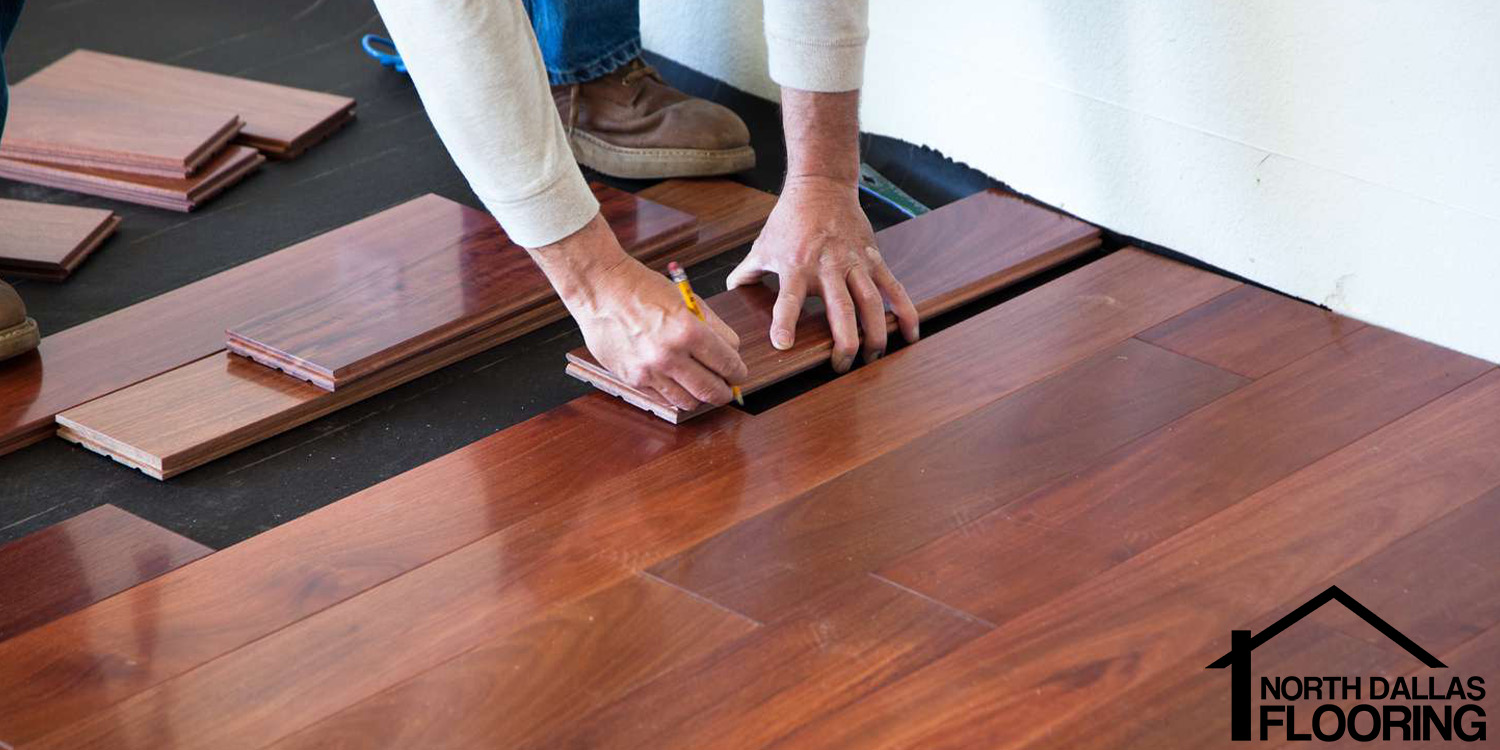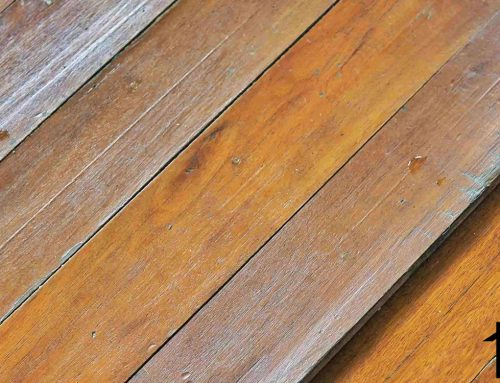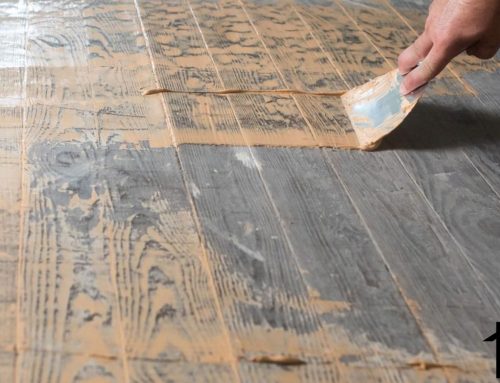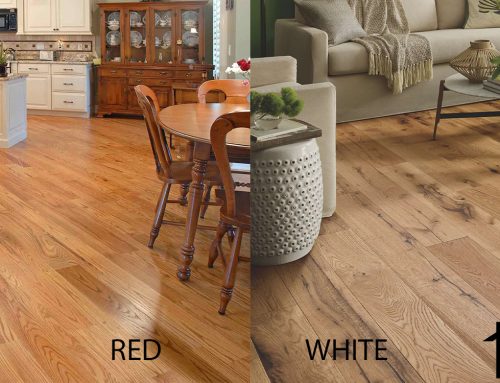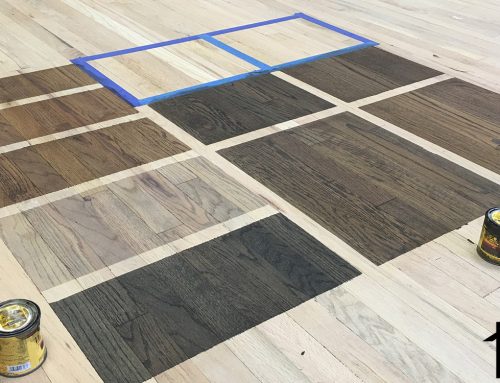Hardwood flooring has become a popular choice for homeowners, as it adds elegance and sophistication to any room in the house. Here is a guide to help you understand the different types of hardwood flooring available, how to prepare your floor for installation, and how to maintain your hardwood floors. We have a comprehensive guide for hardwood flooring here.
Types of Hardwood Flooring
There are two types of hardwood flooring: solid and engineered. Solid hardwood flooring is made of 100% hardwood and can be sanded and refinished several times. It is best used in areas with minimal moisture, such as living rooms and bedrooms. Engineered hardwood flooring is made of a thin layer of real hardwood on top of several layers of plywood or high-density fiberboard. It is more resistant to moisture and humidity than solid hardwood flooring and can be installed in areas like basements and kitchens.
Another important factor to consider when choosing hardwood flooring is the species of wood. Oak and maple are the most popular choices because they are durable and have a classic look. Hickory and Brazilian cherry are also durable and have a unique appearance. If you want a more exotic look, bamboo and cork are also great options.
Preparing for Installation
Before installing your hardwood flooring, you must prepare the subfloor. The subfloor should be clean, level, and dry. If you have a concrete subfloor, it must be completely cured and free of any cracks. If there are any uneven spots on the subfloor, use a self-leveling compound to even them out. You should also make sure the subfloor is free of any debris, including dust, dirt, and adhesive residue.
Once the subfloor is prepared, you can begin measuring and cutting the hardwood planks. It’s best to start with a full-length plank against one wall, leaving a 1/2-inch gap along the adjacent walls for expansion. Then, install the second full-length plank, using a mallet to connect it to the first plank. Continue installing the remaining planks, making sure to stagger the end joints at least 6 inches apart.
Maintaining Your Hardwood Floors
One of the benefits of hardwood flooring is that it is easy to maintain. Here are some tips to keep your floors looking great:
- Sweep or vacuum regularly to remove dirt and debris that can scratch the surface.
- Wipe up spills immediately with a dry or slightly damp cloth.
- Avoid using cleaning products that contain ammonia or oil, as they can damage the finish.
- Use furniture pads under furniture legs to prevent scratches and dents.
- Place doormats at entrances to the room to prevent dirt and debris from being tracked onto the floor.
If your hardwood floors start to look dull or scratched, you can refinish them to restore their beauty. Refinishing involves sanding down the surface of the floor and applying a new stain and finish. This process should only be done every few years, as it removes a small layer of wood each time.
Overall, hardwood flooring is a beautiful and durable choice for any home. By understanding the different types of hardwood flooring available, preparing your subfloor correctly, and properly maintaining your floors, you can enjoy the beauty of hardwood flooring for many years to come.

